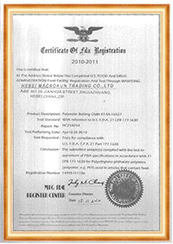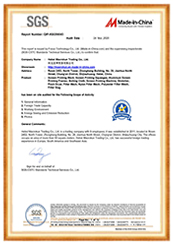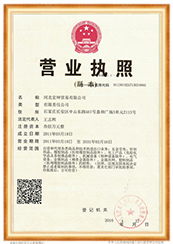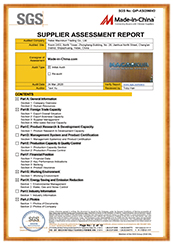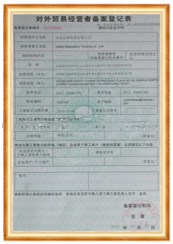When extracting flower rosin, selecting the correct micron bag is one of the most important decisions to ensure the highest quality and yield from your material. The micron size of a rosin bag refers to the size of the pores or tiny openings in the bag that filter the material, determining what gets through during the pressing process. Using the right micron bag helps prevent plant material from contaminating your rosin while ensuring optimal resin flow.
This guide will walk you through the key considerations for choosing the correct micron bag for flower rosin, so you can achieve the perfect balance between purity and yield.
A micron is a unit of measurement that describes the size of openings in the filter material used in rosin bags. A smaller micron count means a finer filter, allowing less plant material through, while larger micron sizes allow more material to pass through. Micron bags come in a range of sizes, from very fine 25 microns to much coarser 220 microns. The key is finding the right balance depending on your starting material and the type of rosin you want to produce.
When pressing flower rosin, using the correct micron size bag has a significant impact on the quality, yield, and texture of the final product. For flower rosin, most extractors recommend using bags between 75 to 160 microns, depending on the specific goals for the extraction.
The ideal micron size for flower rosin typically depends on your goals. If you prioritize quality and cleanliness, smaller sizes like 75 or 90 microns are excellent choices. On the other hand, if you are focused on higher yield and are okay with a bit more plant material in the final product, larger sizes like 120 or 160 microns could be more appropriate.
For example:
Different strains and even the quality of the flower material can affect the choice of micron size. For instance, flowers with a higher trichome content will yield more resin, and the finer micron bags will help you retain the maximum purity. However, if the flower is dry or low in resin content, using a larger micron size might help boost yield without losing too much of the essential oils.
It’s important to note that smaller micron sizes typically result in lower yields, but the rosin will be of higher quality with fewer impurities. Larger microns increase the yield but can result in a greener product, as more plant material may pass through the filter. For many extractors, finding the right micron size is a matter of striking the right balance between these factors based on the specific needs of the rosin extraction.
To get the best results when pressing flower rosin, it’s essential to choose the correct micron size based on your desired balance of yield and quality. Whether you opt for 75, 90, 120, or 160 microns, understanding how different micron sizes affect the final product will help you achieve the best possible rosin extraction.
For most extractors, 90 microns is a great starting point, offering an excellent balance between yield and purity. However, experimenting with different sizes is encouraged, as personal preference and the characteristics of the flower you’re pressing will also influence the final outcome. By selecting the right micron bag and optimizing other factors like pressure and moisture, you can produce top-quality flower rosin that meets your specific needs.
Pre: Unlocking Superior Rosin Extraction: A Guide to Choosing the Best Rosin Bags
Next: Unlock the Potential of Flower Rosin with High-Quality Rosin Bags

MACROKUN has established long-term and stable cooperative relations with many transportation companies such as China Post, DHL, FEDEX, USPS, UPS, etc. Of course, MACROKUN can also provide air and sea transportation. The powerful logistics system enables all MACROKUN'S Printing Mesh, Filter Mesh and Filter Bags and so on to be easily and efficiently transported to any place. For quotes and inquiries, please email our sales team.
